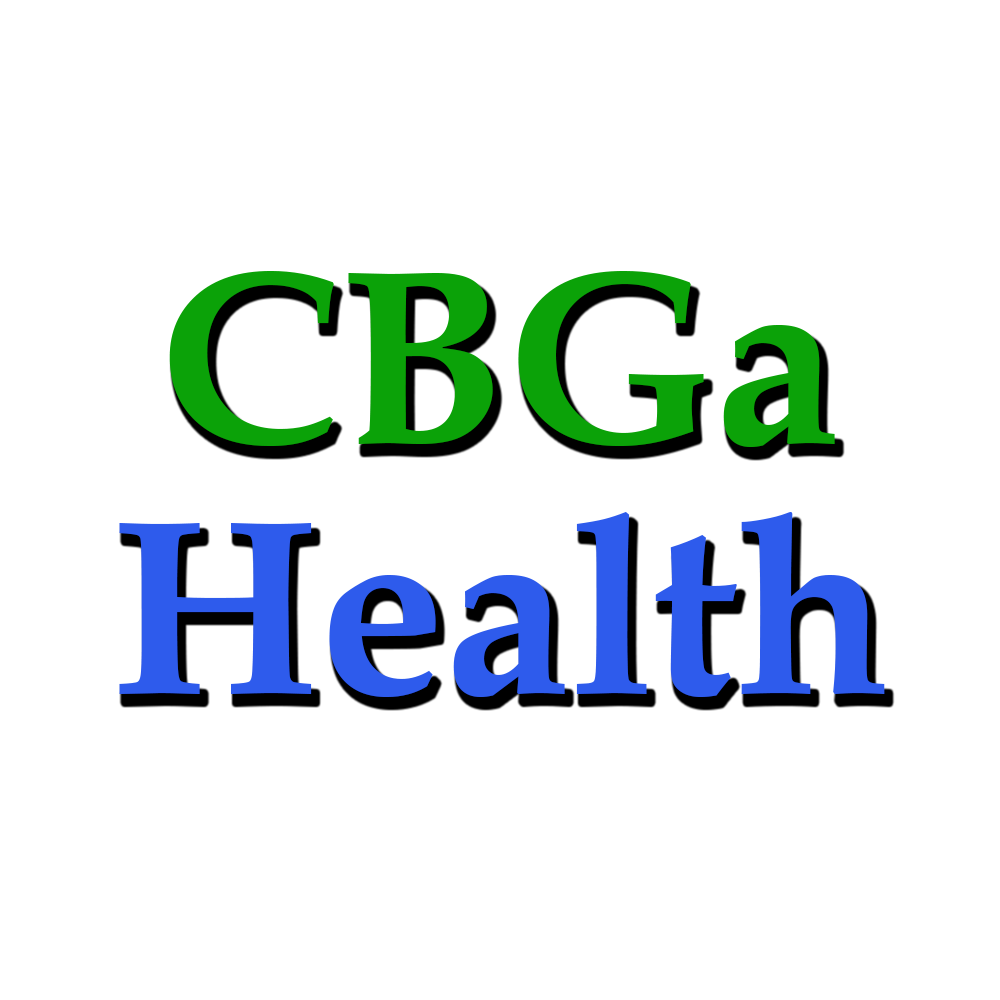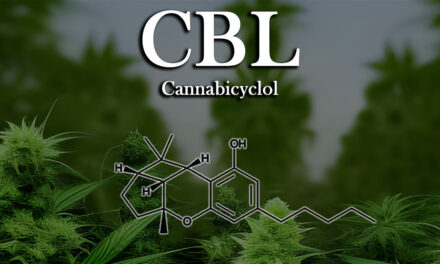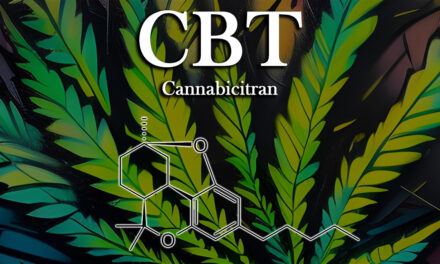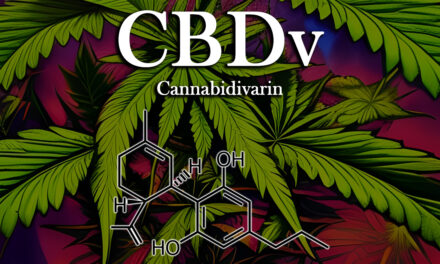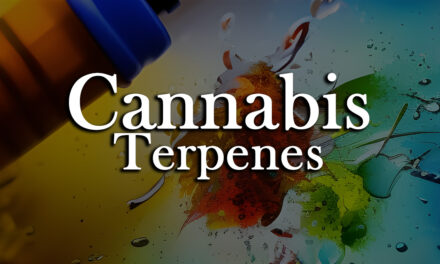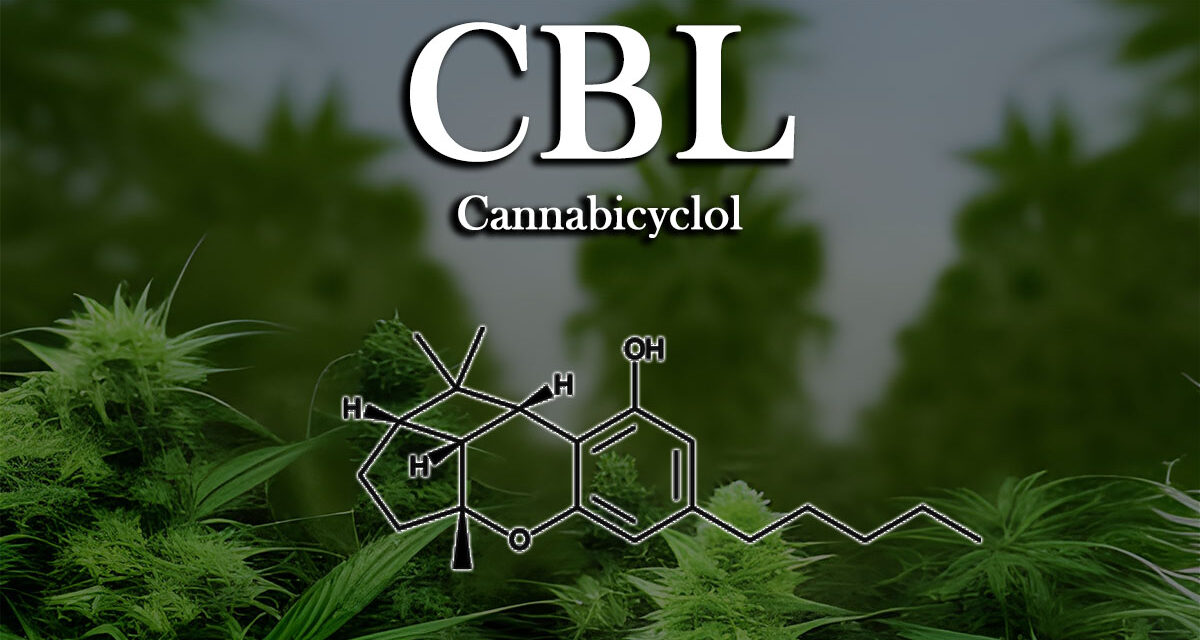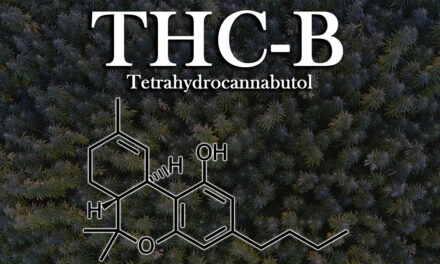Cannabicyclol (CBL) is a fascinating cannabinoid that has been gaining some attention. Derived from the cannabis plant, CBL is a non-psychoactive compound that offers a wide range of potential health benefits. Unlike other cannabinoids such as THC and CBD, CBL has its own unique properties that make it stand out. In this article, we will explore what CBL is and how it differs from other cannabinoids, as well as delve into its potential health benefits.
What is CBL?
Cannabicyclol (CBL) is a lesser-known cannabinoid that is found in cannabis plants. It is formed through the degradation of cannabichromene (CBC) when exposed to light or heat. Unlike THC, the well-known psychoactive compound found in cannabis, CBL is non-psychoactive. This means that it does not produce the euphoric or intoxicating effects typically associated with cannabis use. However, this does not diminish its potential health benefits.
One of the key differences between CBL and other cannabinoids lies in its interaction with the body’s endocannabinoid system. While THC binds to both the CB1 and CB2 receptors in the endocannabinoid system, CBL has a higher affinity for the CB2 receptor. This receptor is primarily found in the immune system and is responsible for regulating inflammation and immune responses. As a result, CBL may have unique effects on the immune system that differs from other cannabinoids.
The potential health benefits of CBL
There have not been many studies and research on CBL’s therapeutic properties yet, meaning most of its potential benefits are unknown. It’s chemical structural is however very similar to CBC (Cannabichromene) and CBN (Cannabinol) which may mean CBL most likely has good potential to be used as an anti-inflammatory. It could also be used as a potential sleep aid and neurogenic, and could be helpful with nausea. These cannabinoids also show antibacterial properties, so CBL has the potential to also be used to help boost the immune systems defenses against bacterial infections. CBL most likely plays an important role in the Entourage Effect as well, but to what extent we still don’t know.
How to incorporate CBL into your wellness routine
If you’re interested in exploring the potential health benefits of CBL, there are various ways to incorporate it into your wellness routine. One option is to look for CBL-infused products, such as tinctures, oils, or topical creams. These products are typically formulated with CBL extract and can be applied directly to the skin or ingested orally. It’s important to choose products from reputable brands that provide third-party lab testing to ensure quality and purity. Another way to incorporate CBL into your routine is by consuming cannabis strains that are high in CBL. These strains can be smoked, vaporized, or used for making edibles. However, it’s crucial to note that the CBL content in cannabis plants is typically low compared to other cannabinoids. Therefore, finding strains specifically bred for higher CBL content may be challenging. You would want to find strains high in CBC, as once you heat your cannabis flower it would turn the CBC into CBL. Some strains that are higher in CBC but still are relatively low are Maui Dream, Blue Cherry Soda, Blue Cadillac, Bubba Cookies, and Purple Candy. It’s also worth considering consulting with a healthcare professional or a knowledgeable cannabis specialist who can provide guidance on the best way to incorporate CBL into your wellness routine based on your individual needs and goals.
Understanding the legality of CBL
The legality of using CBL depends on your jurisdiction and the specific regulations surrounding cannabis and cannabinoids. In the United States, under the current Farm Bill of 2018, all hemp-based cannabis products are legal so long as they are below 0.3% dry weight THC. This means if you are getting your CBL from a hemp derived product it should be federally legal, unless your State says otherwise. States such as Idaho have a 0% THC limitation, but most States follow the federal limit. There is a new Farm Bill being formulated right now, and most likely will not be passed until 2024. One of the main topics being discussed in this new farm bill is possibility of raising this 0.3% THC limit to 1%. This would effectively allow more hemp grown to go on market, and more products to pass 3rd party lab testing rounds when specifically coming to THC dry weight amounts. If you are trying to get CBL through means of cannabis flower or concentrates, you will need to make sure you are following your States medical or recreational laws as THC is still Federally illegal in the United States. To learn more about specific State laws, click here.
Stay up to date on cannabis news with us here at CBGaHealth! When more research and information surrounding CBL comes forward we’ll be sure to update more information!
